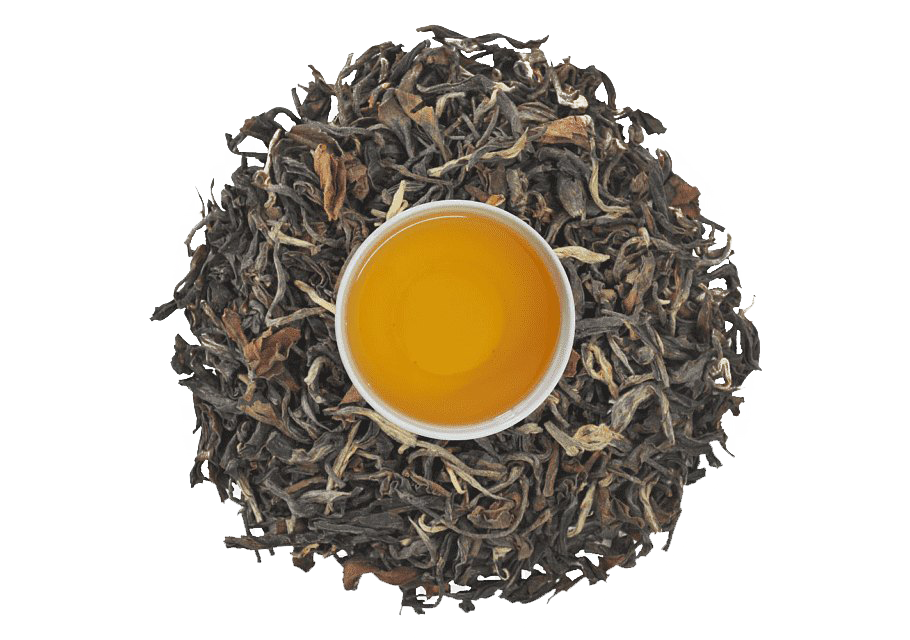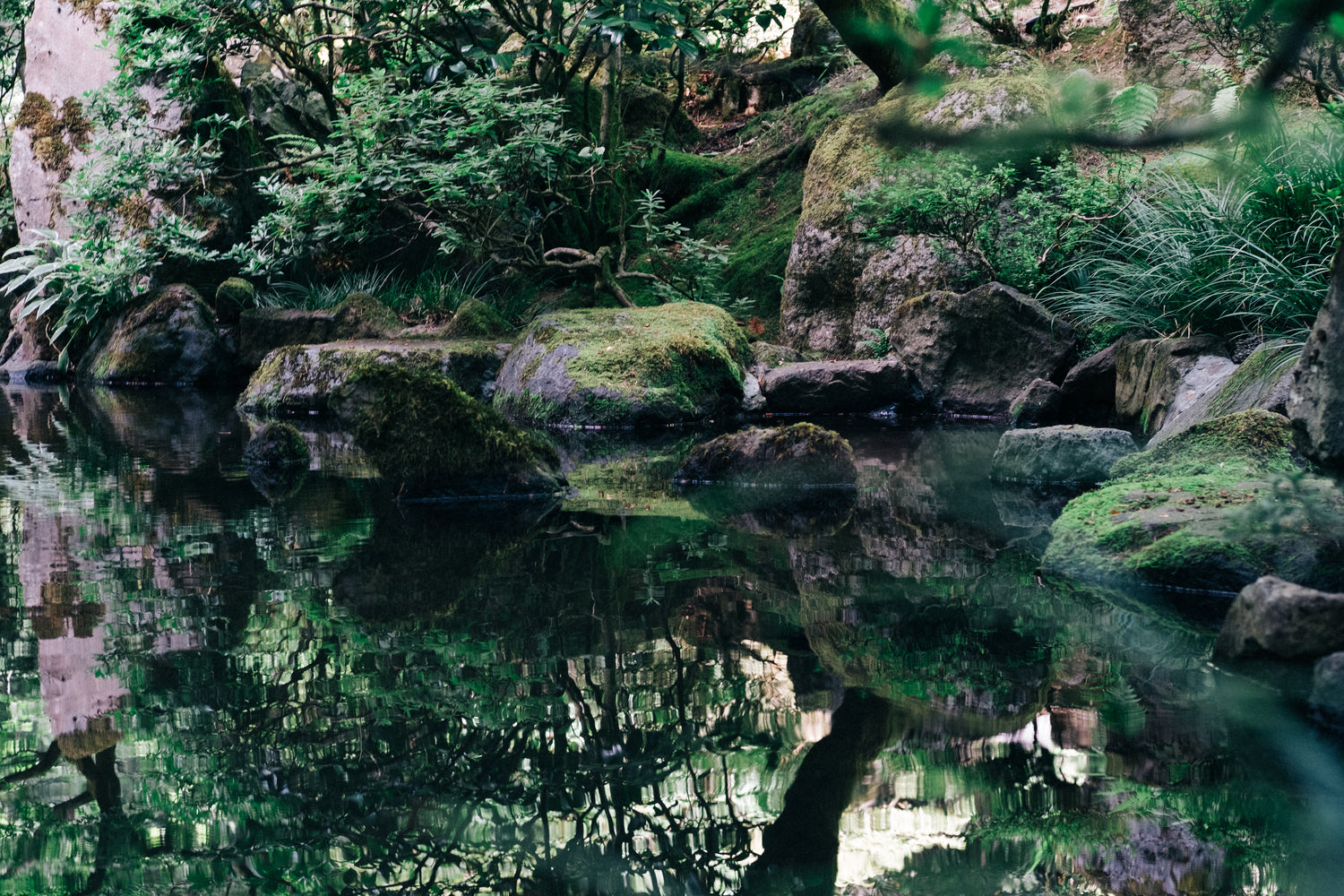Oolong tea,
also known as 'black dragon' in Chinese, is a semi-oxidized Chinese tea that falls between green and black tea in terms of processing. It's made from the leaves of the Camellia sinensis plant, which undergo partial oxidation.
This unique processing results in a wide range of flavors and aromas, from light and floral to rich and nutty. Oolong teas often have complex and layered taste profiles, making them highly sought after by tea enthusiasts.
The appearance of oolong leaves can vary, but they typically range from dark green to brown and can be rolled or twisted into various shapes. Oolong tea also contains caffeine, albeit generally less than black tea.

So how is Oolong Tea Different?
Oolong tea distinguishes itself from other teas, like green and black teas, primarily through its oxidation level and processing.
Oolong undergoes partial oxidation, typically ranging from 10% to 70%, while green tea remains unoxidized, and black tea is fully oxidized. This partial oxidation gives oolong its unique flavor spectrum, with variations from floral and grassy (similar to green tea) to complex, fruity, and nutty (closer to black tea).
Additionally, oolong leaves vary in appearance, often being dark green to brown and can be rolled or twisted.




